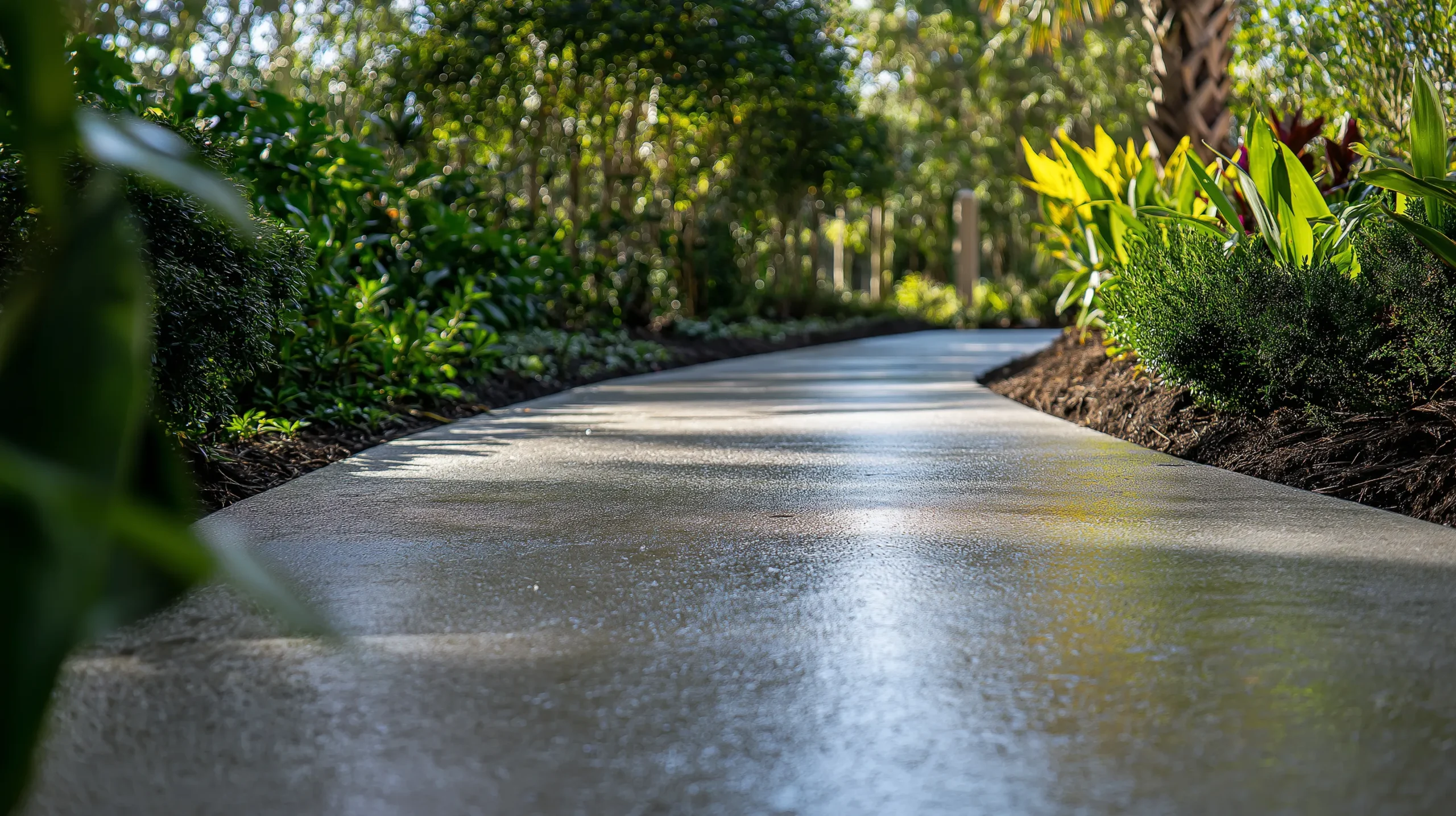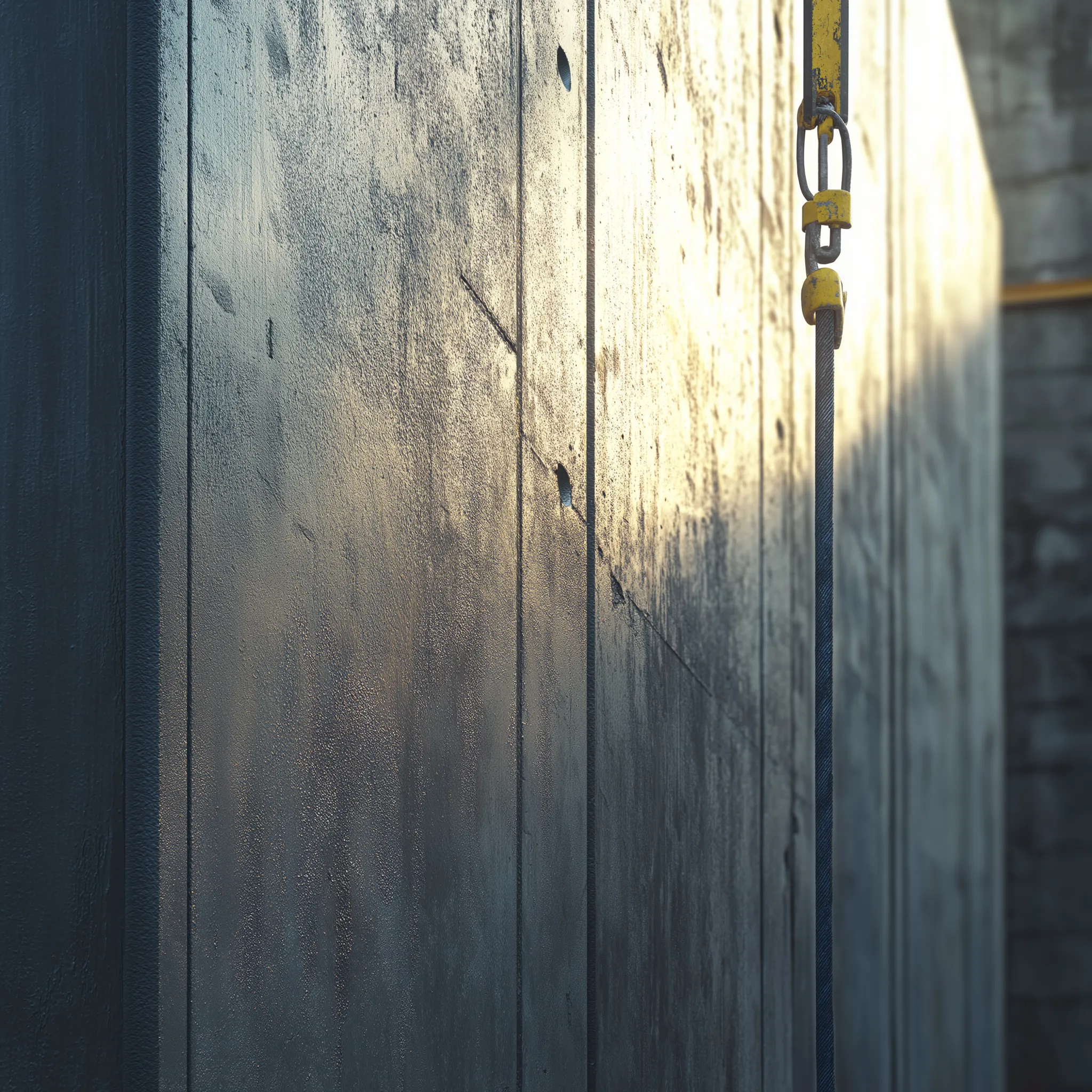The introduction of Cure Shield products into the Massachusetts infrastructure landscape has marked a significant advancement in concrete preservation and durability. Cure Shield has made notable contributions to the state’s infrastructure projects, particularly in environments subjected to harsh winters and heavy salt usage. Let’s explore the practical benefits and applications of Cure Shield in Massachusetts, and take a look at its growing influence and effectiveness.
Massachusetts’ Winter Challenges
Massachusetts, like much of the Northeast, faces severe winter conditions that can wreak havoc on concrete structures. The freeze-thaw cycles and the extensive use of de-icing salts lead to accelerated deterioration, spalling, and scaling of concrete surfaces. This not only affects the longevity of the infrastructure but also increases maintenance costs and safety concerns. Addressing these challenges has been a priority for Massachusetts Department of Transportation (MassDOT) and other local agencies.
Adoption by MassDOT
One of the most significant endorsements for Cure Shield came when the Massachusetts Department of Transportation (MassDOT) included it in their list of approved products. This adoption was not arbitrary but based on Cure Shield’s proven effectiveness in protecting concrete against the specific challenges posed by Massachusetts winters. The product’s dual action—serving as both a curing agent and a silane-based sealant—provides comprehensive protection from the moment concrete is poured.
Cure Shield in Action: Case Studies
The real test of any product is in its application, and Cure Shield has been put to the test in various projects across Massachusetts. One notable example is its use in sidewalk and approach projects by MassDOT, where it has shown to significantly reduce the damage typically caused by freeze-thaw cycles and salt exposure. Contractors have appreciated the product’s single-step application, which streamlines the process and reduces labor costs.
Another significant case study is the University of Vermont, where Cure Shield was used extensively on exterior flatwork. The university now requires its use for all such projects, a testament to its effectiveness in preventing salt-induced damage and enhancing surface durability. While not in Massachusetts, this example underscores the regional relevance of Cure Shield’s benefits.
Feedback from the Field
The feedback from contractors and distributors in Massachusetts has been overwhelmingly positive. Contractors, in particular, have noted the reduced need for callbacks and repairs, translating into cost savings and improved client satisfaction. Distributors, on the other hand, have found Cure Shield to be a compelling offering to their clients, thanks to its unique benefits and compliance with environmental regulations.
Challenges and Considerations
Despite its successes, Cure Shield, like any product, is not without its challenges. The initial cost can be a hurdle for some projects, though the long-term savings in maintenance and repairs often justify the investment. Additionally, the need for proper application and adherence to guidelines is critical to ensure optimal performance, especially when dealing with new concrete.
While it may be an overstatement to say Cure Shield has transformed Massachusetts’ infrastructure single-handedly, its impact is undeniable. The product’s adoption by MassDOT and its successful application in various projects highlight its effectiveness in combating the harsh effects of New England winters. As more contractors and agencies experience the benefits of Cure Shield, its role in protecting and preserving Massachusetts’ infrastructure is expected to grow, making it a valuable tool in the state’s ongoing efforts to maintain safe and durable concrete structures.
Overview of Cure Shield Products
- Cure Shield WB: A water-based blend of silane and acrylic copolymers designed for curing and sealing new concrete and protecting existing concrete. It forms a non-yellowing clear film, is resistant to spalling and deterioration from de-icing salts, and meets ASTM C309 and 1315 standards. It penetrates and bonds with concrete, offering strong resistance to moisture and salt.
- Cure Shield EX: A unique solvent-based blend combining silane and non-yellowing acrylic copolymers. It cures, seals, hardens, and dustproofs new and existing concrete, providing resistance against spalling and deterioration. It meets ASTM C309 and 1315 standards and is notable for its deep penetration and strong substrate bonding, offering high resistance to moisture and salt. It’s available with fugitive dye for DOT projects.
- Cure Shield: A solvent-based blend that cures and seals fresh concrete while providing additional protection to existing surfaces. It creates a non-yellowing, clear film that combats spalling and deterioration due to de-icing salts. Adheres to ASTM standards and offers excellent moisture and salt resistance.





